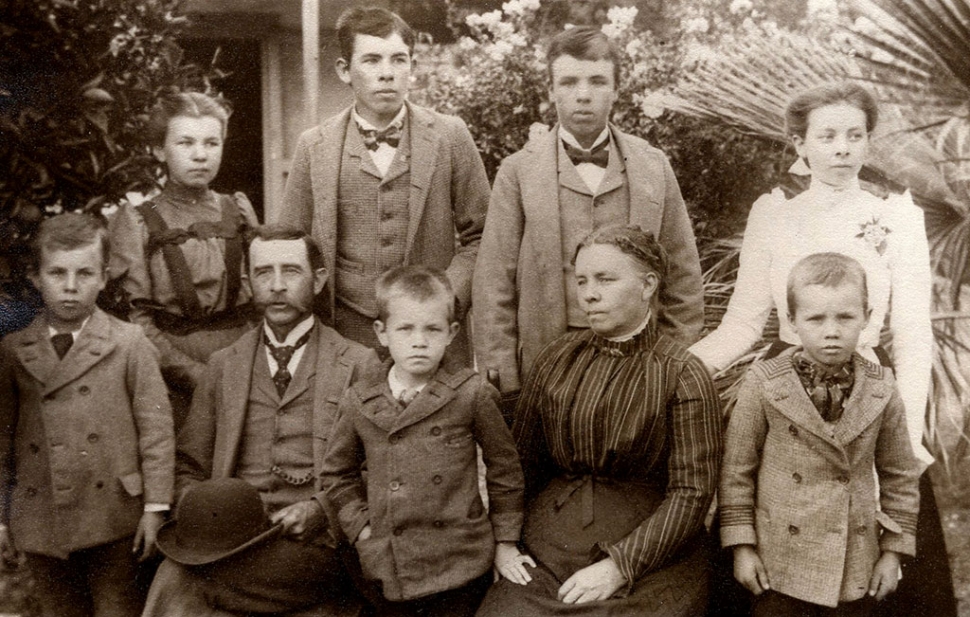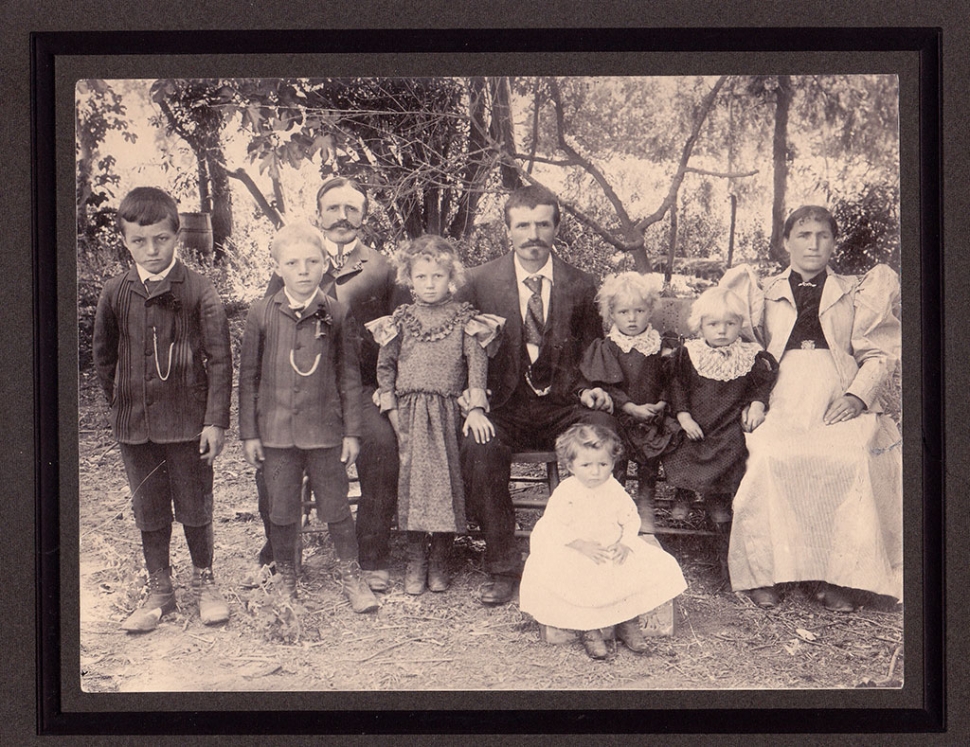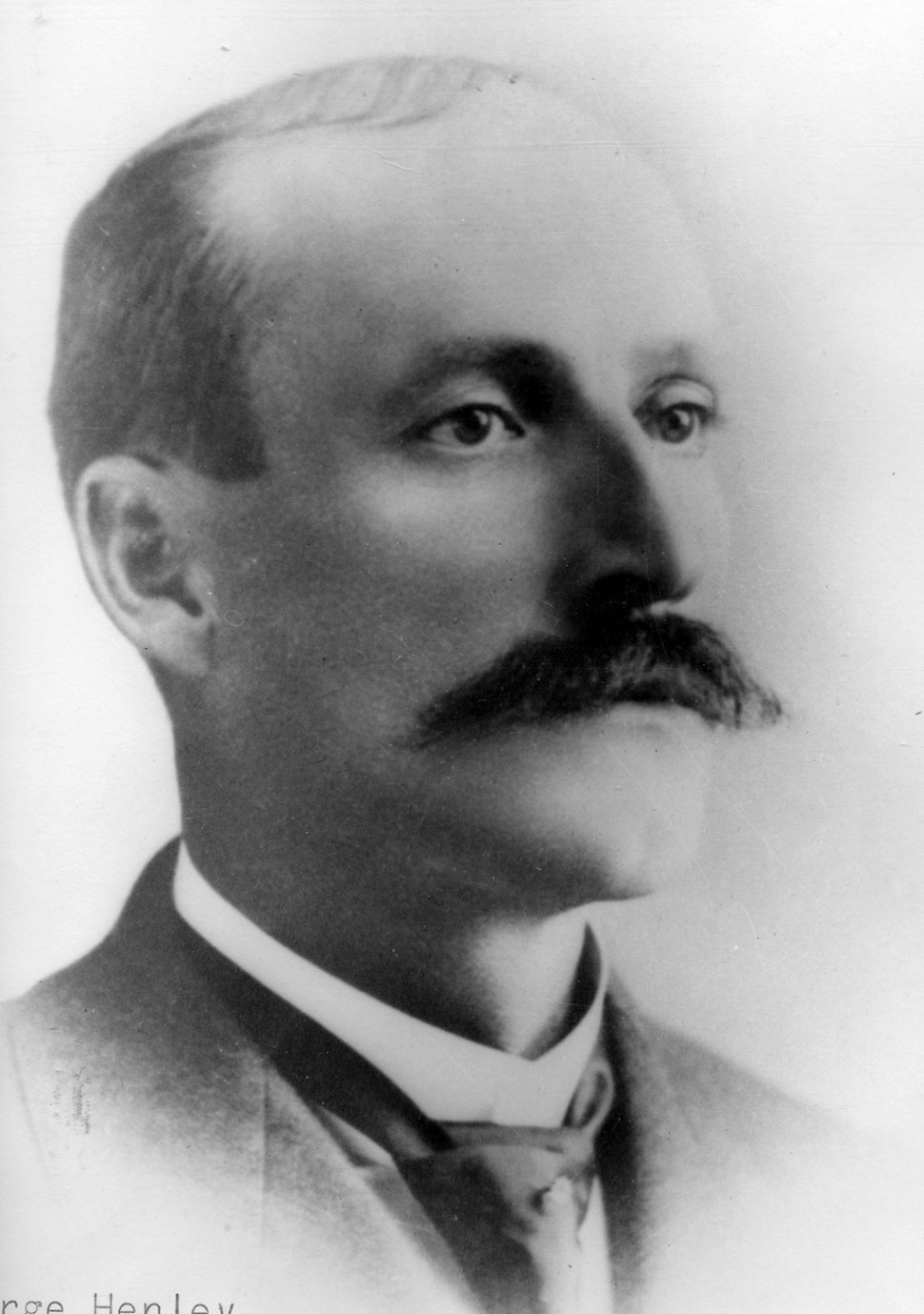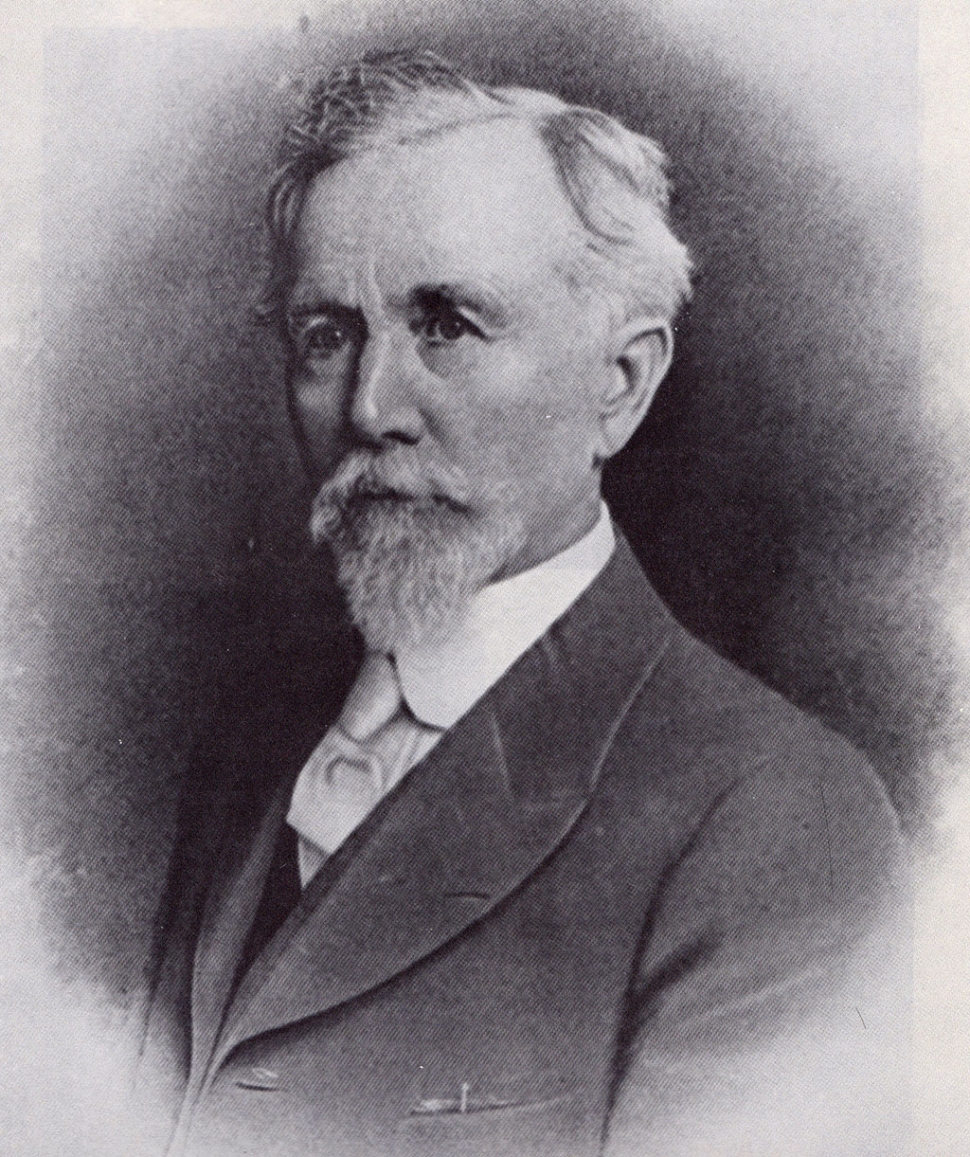|
How Did They Get Here?
 Pictured is the Arundell family circa 1910. Tommy Arundell put his first beehives in Pole Creek in 1879. Photos courtesy Fillmore Historical Museum. By Anonymous — Wednesday, December 2nd, 2020
Based on interviews by Charles Jarrett in 1934
 Basolo Family circa 1890.  George Henley  Caswell Carl Elkins Courtesy Fillmore Historical Museum In prior articles you’ve read how families like the Peytons and Atmores came to our community, there are many other ways folks got here. Some came directly here because they already had friends or family, but many had more convoluted journeys. Carlo Basolo was born in Urgialo, Italy in 1860, one of six children. He worked digging tunnels in Italy, coming to the United States in 1889. His first stayed in Illinois working the coal mines. He and his two brothers, Dominic and Anton, brought their families to Bardsdale in 1898. George Henley, who in later years was involved in the Central Avenue shootout with Mason Bradford, was born in New Jersey in 1857 where his father worked in quarries. By 1880, George was working for railroads in Colorado. He then was involved in mining operations throughout the west. In 1886 he was in the Puget Sound area when his brother, Philip, told him of the brownstone deposits in Sespe. He had a successful mining operation until the introduction of Portland cement replaced much of the use of cut stone in building. He continued, however, to be involved in oil exploration, attempts to develop the Sespe as a recreational area and also in research into native languages for the fledgling Smithsonian Museum. Judge C. C. Elkins may have taken one of the most circuitous routes to Fillmore. He was born in Indiana in 1847, he was just 10 years old when he headed to Colorado (at that time part of Kansas) with a group of men looking for gold. Traveling by oxcart and side-wheeler river boat, they reached their destination, but like many others, found little gold. After another arduous trek, he returned to Indiana where he finished school, taught school, and married Annie Phillips. A few years later, the couple and two children again headed to Colorado. While Mrs. Elkins drove the wagon, he herded a hundred head of cattle. After a few years, he grew tired of cattle ranching and returned to Indiana. In 1884, he traveled to New Orleans for the World Cotton Centennial and spent some time traveling in the South, including Florida. While in Florida he bought 50 acres of orange groves near Orlando. A few years after returning to Indiana, the railroads began a price war. A round-trip ticket to Los Angeles could be had for $10, so the Elkins family came west once again. They original settled in Colton, but after a few years succumbed to Fillmore’s allure where he opened a store and bought property. Does your family have a story about how they got to Fillmore? Let us know and we’ll add it to our archives. |
